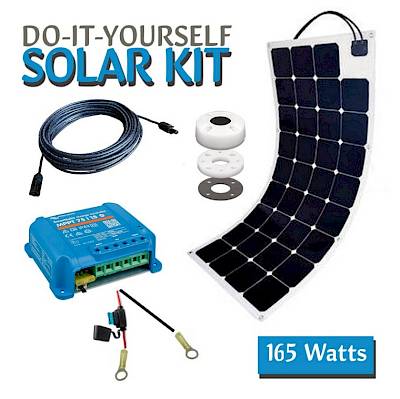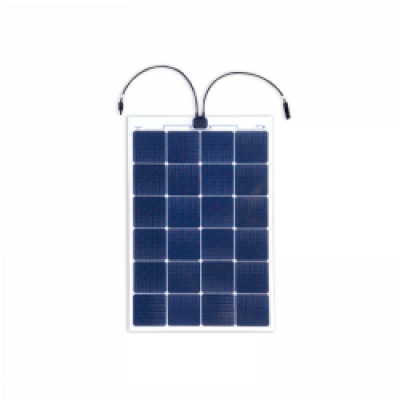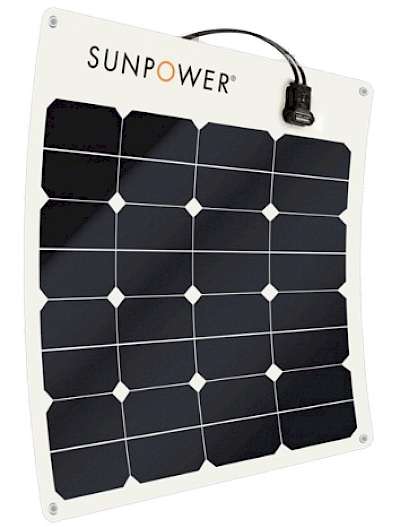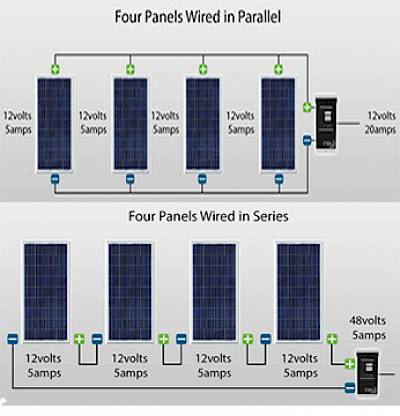
Solar Panel Output: 12 vs. 24 VDC?
Question:
I recently attended your solar presentation at Royal City Yacht Club. I enjoyed your presentation, however, there is one thing I am not sure of and that is the output of the various panels in 12V. If I use a 24V panel and connect it through a MPPT converter it will then produce 12V output to charge my 12V batteries. I am assuming that the amperage output would double as the voltage is cut in half. Is that correct? If that is correct, does that mean the Ahr charging rate to the battery is actually double what the output of the 24V panel is? If that is true, would it be advisable to use a 36V panel, which would produce three times the charging rate for a 12V battery? In my case I am looking at about 400 Ahr per day with two fridges, a deep freezer, all 12V and an ice maker, which is 110V. All my lighting is LED so not too much draw there. The ice maker is the real killer so I usually make surplus ice; put it in the deep freezer and turn the ice maker off if we are to anchor for more than 2 days. However it would be nice to not have to do that.Answer:
Your first point is right: voltage and amperage are correlated. With a constant load or charge, if you half the voltage then the current increases by a factor of two.
I am not sure I get the following sentence: “doesn't that mean the Ahr charging rate to the battery is actually double what the output of the 24V panel is?”
Watts are watts. There is no charging advantage to get a 100 watt panel in 18V or 36V. In the end, the MPPT will convert the output voltage to the right battery voltage and the amps will adjust accordingly.
To meet your daily amp-hour usage of 400 A-Hr you should consider and an array of;
- In the longest and brightest days: 1200 Watts
- Average partial cloudy day in summer: 2000 Watts
Either way, 1200 or 2000 watts is a very large array for a boat and you will have to consider if you have the space to accommodate all those panels.
Related Content






 $1,048.00
$1,048.00 $767.41
$767.41























